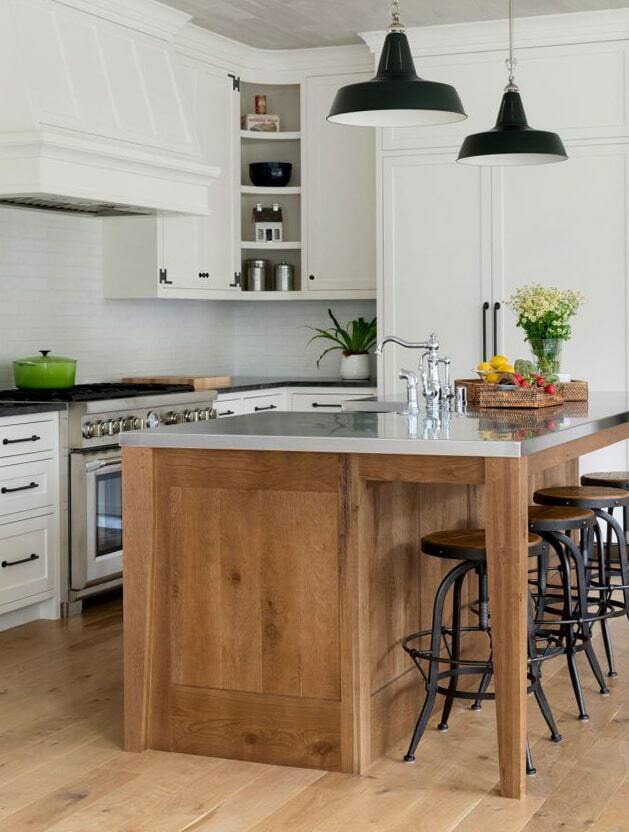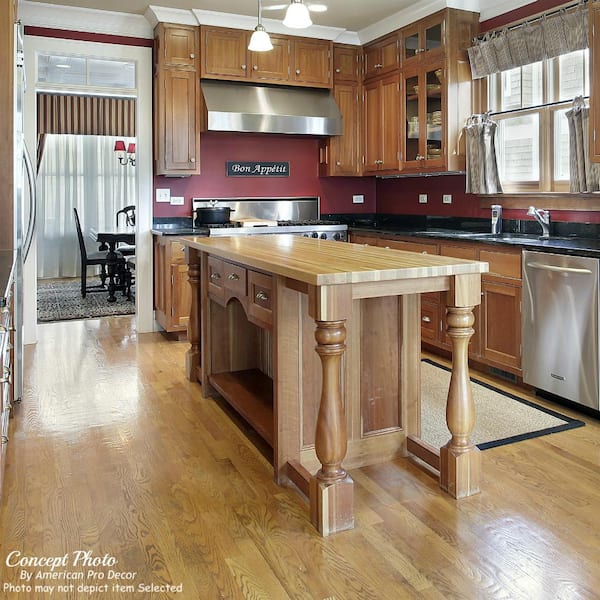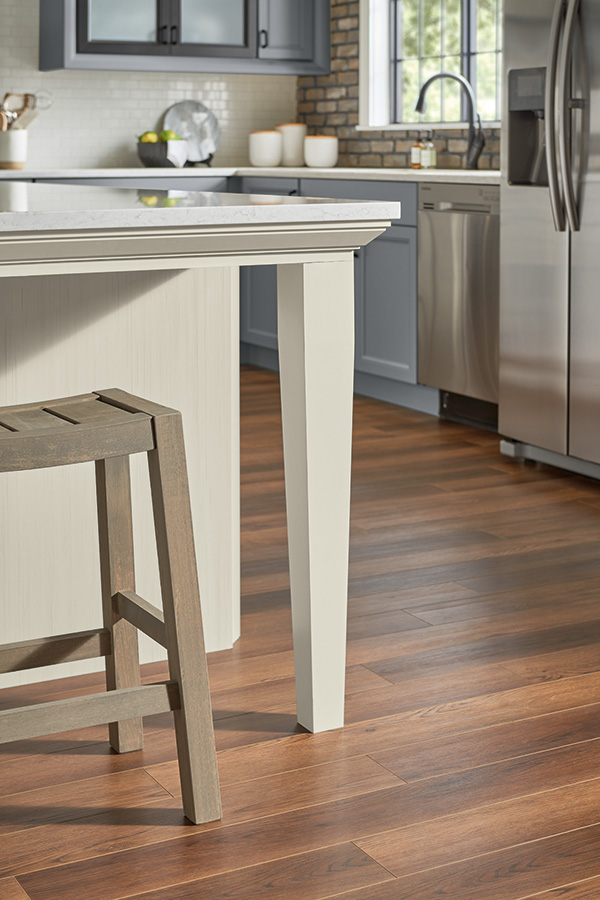Just how to Set Up a Kitchen Island Leg for Maximum Security and Design
Just how to Set Up a Kitchen Island Leg for Maximum Security and Design
Blog Article
Leading Factors To Consider When Selecting a Kitchen Area Island Leg for Modern Cooking Area Interiors
In the realm of contemporary kitchen interiors, the selection of a cooking area island leg is critical, affecting both looks and capability. As these aspects intertwine, they increase further questions regarding just how to attain the excellent balance between style and functionality, leaving one to contemplate the ramifications of each choice on the general kitchen area experience.
Product Options
When it pertains to selecting a cooking area island leg, material choices play a crucial function in both aesthetics and functionality. kitchen island leg. The most common products consist of timber, steel, and composite alternatives, each offering distinctive benefits and potential downsides
Timber is preferred for its warmth and traditional appeal, offering a classic appearance that complements various kitchen designs. It is highly functional, enabling customization in terms of surfaces and colors. Wood might call for even more maintenance to protect against warping or damage from wetness.
Steel, on the various other hand, brings a modern and industrial flair to kitchen islands. Stainless steel and wrought iron are popular options, known for their resilience and resistance to wear. They can endure the rigors of daily use but may lack the warmth connected with wood.
Composite products, such as engineered wood or synthetic blends, provide a balance between cost, resilience, and aesthetics. These options are often designed to mimic the look of all-natural products while supplying resistance to spills and scrapes.
Inevitably, the option of material must line up with the overall kitchen area design and planned usage, making sure that the kitchen island leg is both useful and aesthetically attractive.
Design And Style
The design and style of a kitchen island leg substantially add to the overall visual of the space, enhancing the selected material. When selecting the leg style, think about the architectural design of the kitchen. For example, sleek, minimalist legs made of stainless-steel or acrylic harmonize with contemporary designs, while ornate, turned wood legs enhance conventional or farmhouse appearances.
Additionally, the finish of the leg can affect the visual influence; a sleek chrome or matte black coating may stimulate modern elegance, while troubled wood talks with rustic appeal. The leg's form additionally plays an essential role-- right, angular kinds share an even more commercial feeling, whereas conical or bent legs present a softer, more inviting appearance.
Incorporating attractive elements, such as makings or embellishments, can add personality and personality to the cooking area island, more boosting its duty as a centerpiece. Inevitably, the selected leg design ought to not only line up with the overall cooking area style however also reflect the house owner's personal taste, guaranteeing that the cooking area island comes to be a unified and practical centerpiece within the contemporary kitchen area interior.
Elevation and Percentages
Accomplishing the best elevation and proportions for a kitchen area island leg is important for both functionality and looks. Kitchen islands normally vary in height from 28 to 36 inches, depending on their planned usage-- whether as a food preparation surface area, eating area, or work space. Criterion countertop elevation is approximately 36 inches, making it important that the legs you select complement this elevation to supply a seamless, incorporated look.
Percentages also play an essential role in the visual balance of the kitchen area. The dimension and weight of the leg should agree with the overall layout of the island - kitchen island leg. A slim leg may be suitable for a contemporary or minimalistic island, while a more significant leg may be needed for rustic or conventional layouts. Furthermore, think about the spacing in between the legs; ample distance ensures convenience and convenience of movement around the island.
When picking the height and percentages of the cooking area island leg, remember the overall design theme of your kitchen. This attention to detail not just boosts the functionality of the room however additionally adds to a natural and visually enticing interior decoration.
Security and Assistance
Constantly guaranteeing security and assistance in cooking area island legs is important for both safety and security and functionality. A well-constructed cooking area island need to withstand daily usage, consisting of weight from appliances, food prep work, and social celebrations. The choice of legs need to focus on durable materials and designs that can offer ample support.
When examining stability, take into consideration the leg's product-- aluminum, steel, or hardwood often supply superior stamina contrasted to lighter alternatives. In addition, the layout should include a wide base to disperse weight uniformly and lower the risk of tipping or wobbling. Legs created with an A-frame or cross-bracing can considerably improve stability.

Integrating these factors to consider will certainly not only enhance the overall safety of the kitchen area room however likewise enhance the durability and performance of the link kitchen area island, making it a beneficial focal point in contemporary kitchen insides.
Ending Up Touches
When it pertains to completing a cooking area island, thoughtful finishing touches can significantly enhance both its aesthetic allure and functionality. Choosing the appropriate leg design is vital, but complementing it with ideal information can change the whole room. Consider including attractive aspects such as toe kicks or walls that match the cabinets or floor covering to develop a smooth look.

A natural shade scheme and material choice will boost the cooking area island, making it an exciting focal factor. By paying interest to these finishing touches, house owners can develop a kitchen area island that is both functional and attractive, catering to their way of living and style preferences.
Final Thought

In original site the realm of contemporary kitchen area interiors, the selection of a kitchen island leg is pivotal, influencing both looks and performance.The design and design of a kitchen island leg significantly add to the total aesthetic of the room, matching the picked material.Achieving the appropriate height and proportions for a kitchen island leg is crucial for both performance and visual appeals.Consistently making certain stability and assistance in kitchen island legs is important for both safety and functionality.In recap, picking a cooking area island leg for modern-day insides requires mindful factor to consider of product options, design style, height, percentages, and security.
Report this page